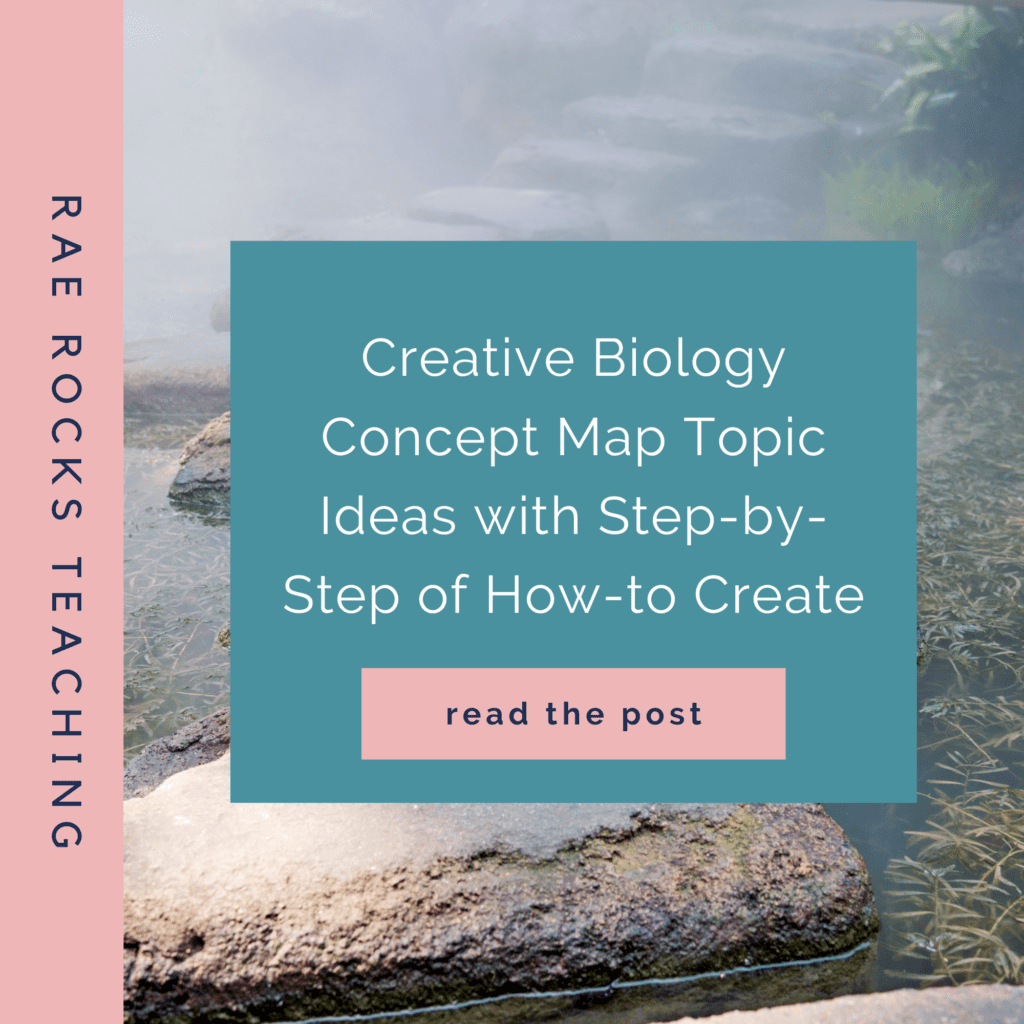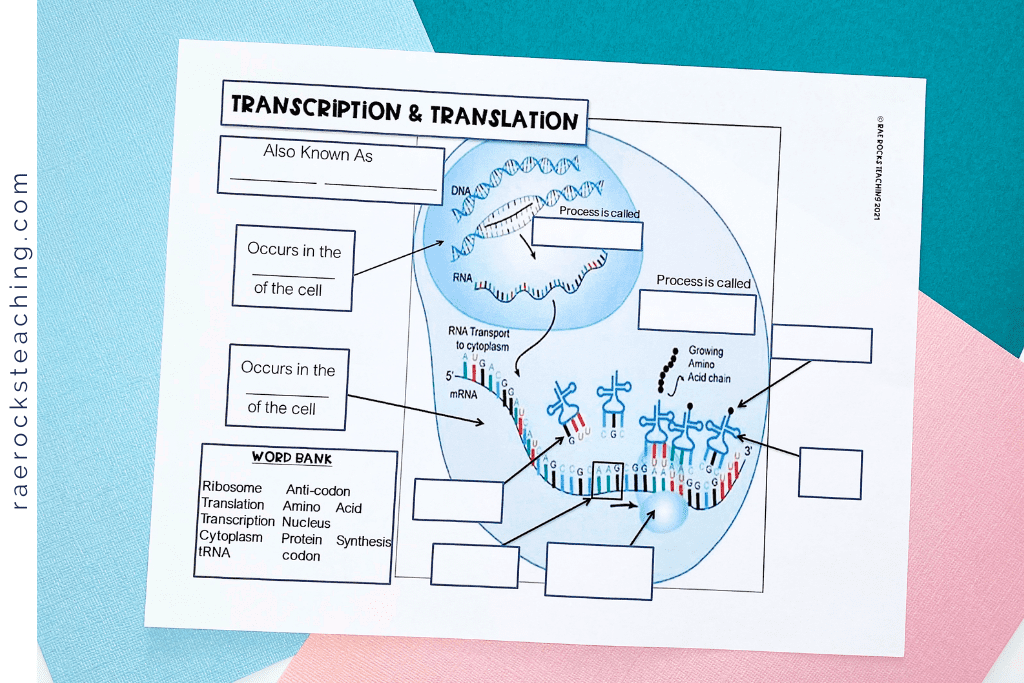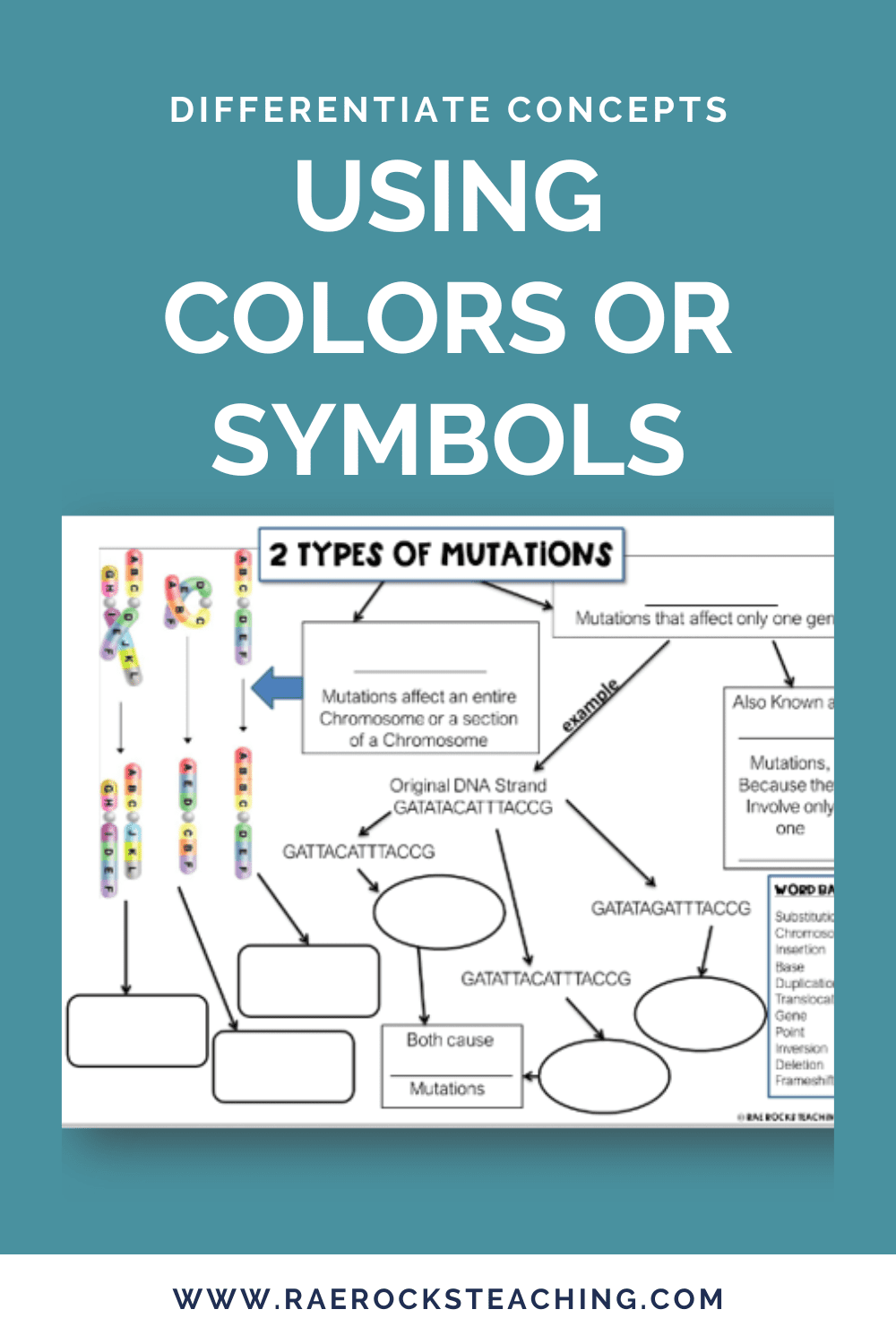If you have been searching for concept map topic ideas, but don’t know how to get started making one, then you have come to the right place. I will not only get you started, but you will be able to make your own with ease (or snag my done-for-you concept maps to save you time).
Looking for different ways to engage your Biology students? Then grab your FREE COPY of the ULTIMATE ENGAGEMENT GUIDE!
What are Graphic Organizers?
Concept maps are visual representations that help students organize and understand information. In the context of biology, they can effectively illustrate complex concepts like cellular structures, genetic relationships, and ecosystem dynamics. The best graphic organizers are ones that have bubbles or blanks along with a wordbank. These allow students have some guidance of the material they are expected to use. Concept maps are great for reinforcing material because students will often time need to refer to their notes.

-
Save
Benefits of Using Concept Maps
– Enhances comprehension by visually connecting ideas.
– Aids in memorizing and recalling biological concepts.
– Encourages critical thinking and deeper understanding.
– Simplifies complex topics into manageable segments.
Concept Map Topic Ideas
In reality, anything and everything can be a concept map topic idea. However, I like to use concept maps for content that is very heavy in vocabulary such as cell transport, ecology, evolution, etc. I would also recommend breaking up large units (such as ecology) into subtopics like conservation, levels of organization, etc. to make the material easier to complete and digest. If there are too many blanks, students will also blank and become overwhelmed. That’s definitely not what we want. We want the to be stretched, not give up.
Step-by-Step Guide to Creating Effective Concept Maps
Step 1: Identify the Main Concept
Start with a central idea or topic in biology. This could be a broad theme like ‘Cell Structure’ however I recommend being much more specific like ‘Photosynthesis’.
Step 2: Determine Key Sub-Concepts
Branch out from the main concept with related sub-concepts. For ‘Cell Structure’, these might include ‘Nucleus’, ‘Mitochondria’, and ‘Cell Membrane’.
Step 3: Establish Relationships
Draw lines connecting these concepts. Along each line, write a brief phrase explaining the relationship, such as “contains” or “converts energy”.
Step 4: Integrate Examples and Details
Add specific examples or details under each sub-concept. For instance, under ‘Mitochondria’, you might add “Powerhouse of the cell, generates ATP”.
Step 5: Use Colors and Symbols for Clarity
Differentiate concepts using colors or symbols. This can help in visually segregating different types of information, making the map easier to navigate.
EXPERT TIP: Do a rough draft on paper, this way you can see it before you recreate it in digital format. Have all the words you want to use so you ensure each one is represented in your diagrams.
Implementing Concept Maps in the Classroom
Concept maps can be used both as individual assignments and group activities. They encourage collaboration and discussion among students, enhancing the learning experience.These maps can also serve as an assessment tool. You can evaluate students’ understanding of a topic based on the complexity and accuracy of their concept maps. Concept maps are very versatile. They can be adapted for a wide range of topics in biology, from the molecular level (like DNA structure) to larger ecological systems (like food webs).
Incorporating concept maps into biology lessons can transform the teaching and learning experience. They not only make complex topics more accessible but also engage students in a more interactive and enjoyable learning process. As a teacher, using concept maps allows you to assess student understanding and encourage a deeper engagement with the material.
Love the idea of using concept maps, but not loving the idea of creating them? I got your back! Check out my Done for You Biology Concept Maps (along with answer keys) and get to mapping with your students!
I love sharing helpful content with y’all and would love to connect on IG or Facebook. I’m on TikTok too! Follow me and send me a DM with what you need more of because I’m here to help! If you are looking for even more inspiration, find me on Pinterest!
And, don’t forget to snag the 15 Activities for Biology to Increase Engagement FREEBIE!

-
Save
Wanna read more?
Share via:












One Response